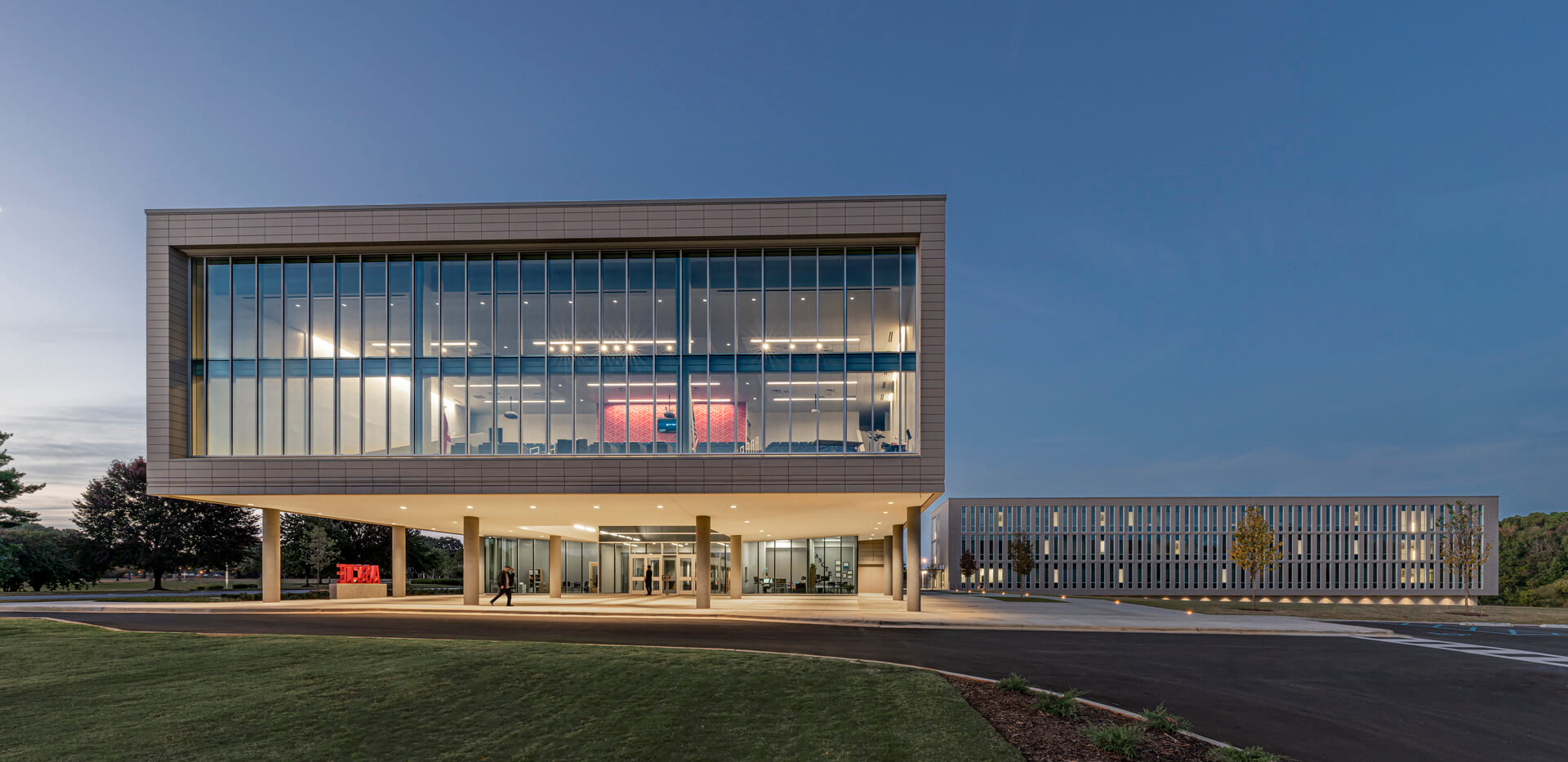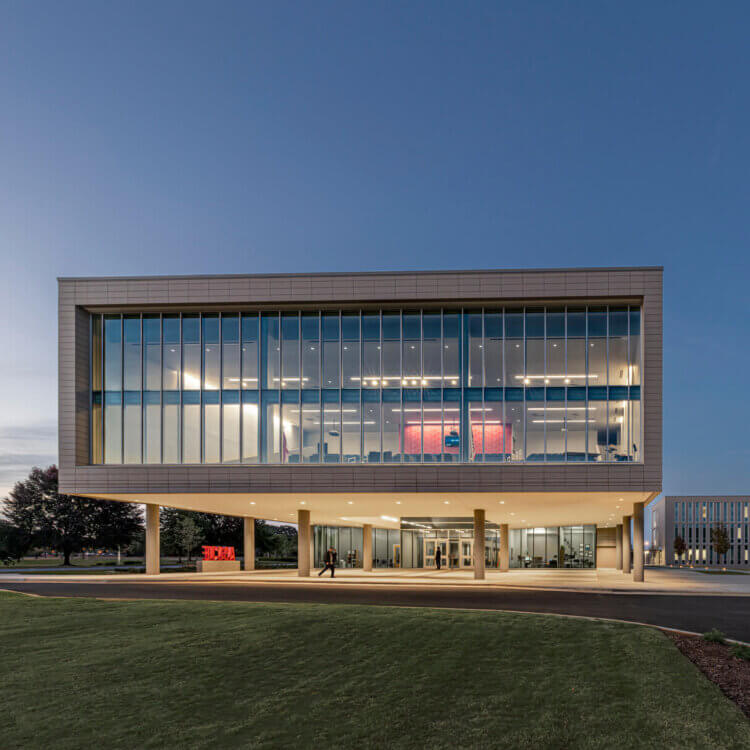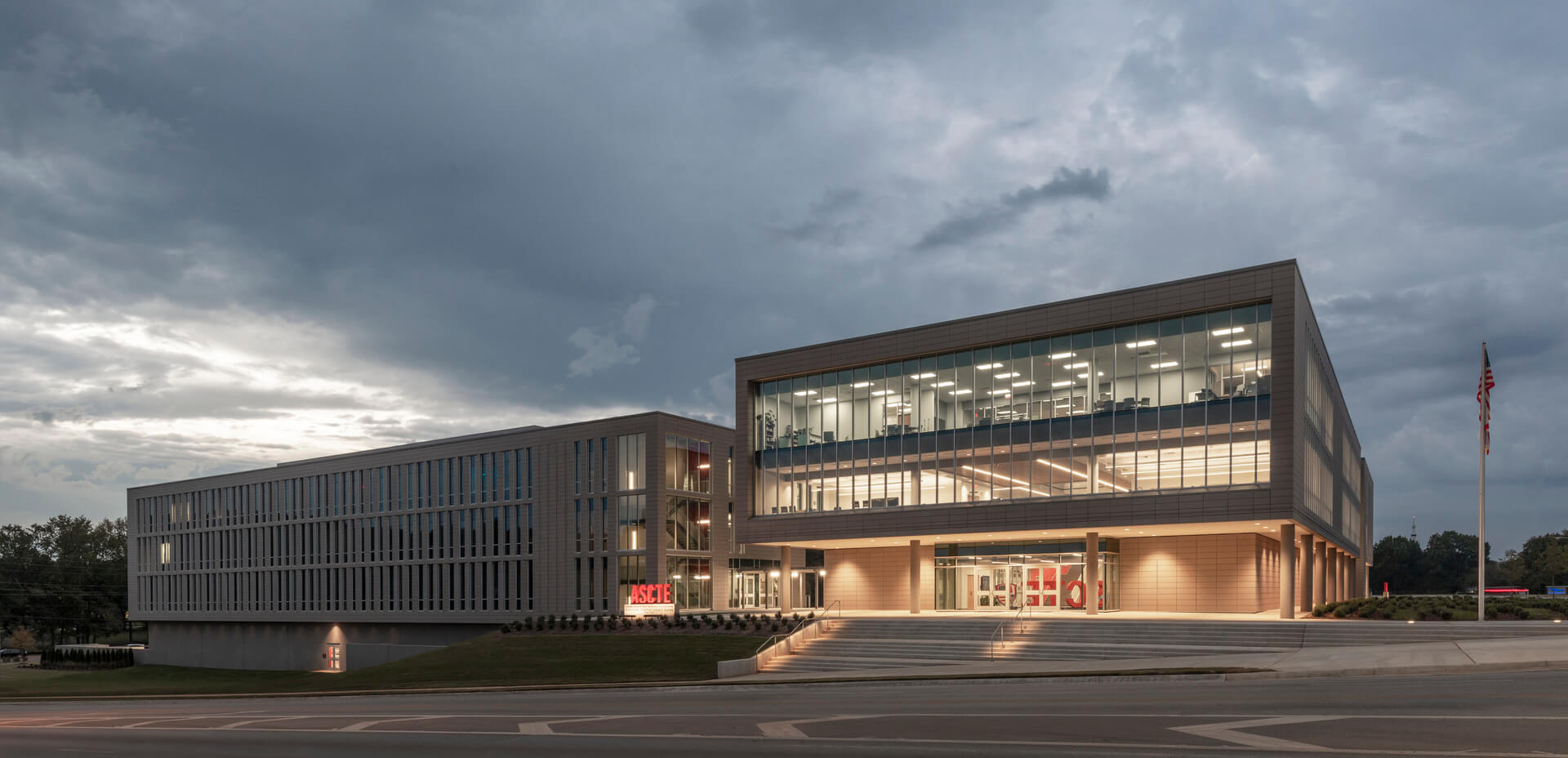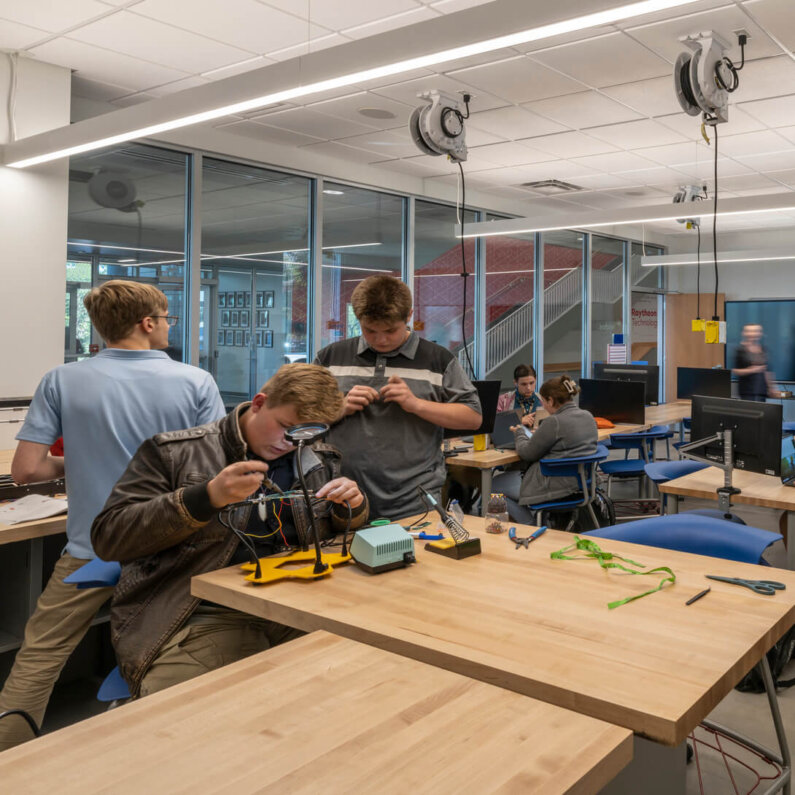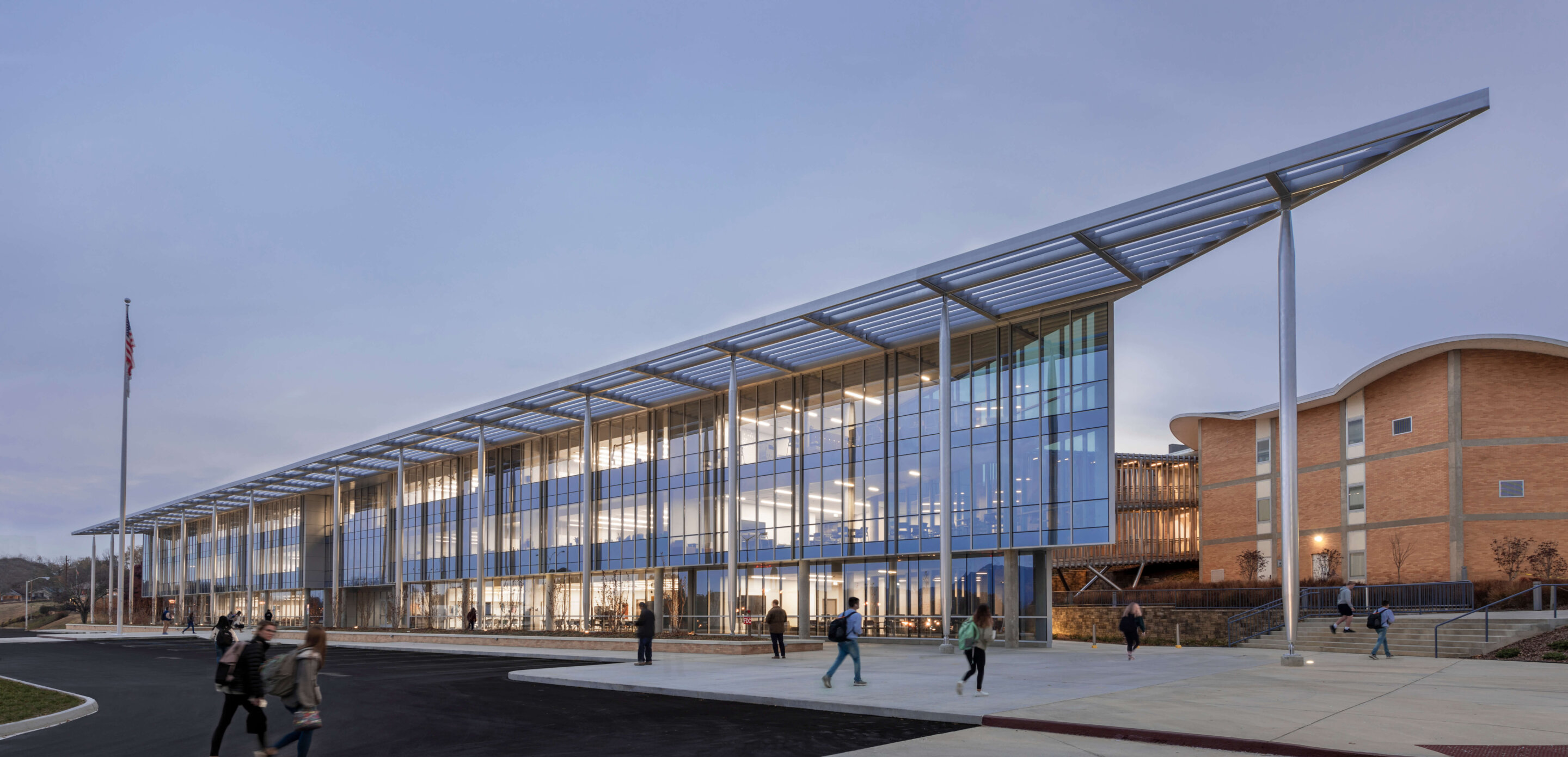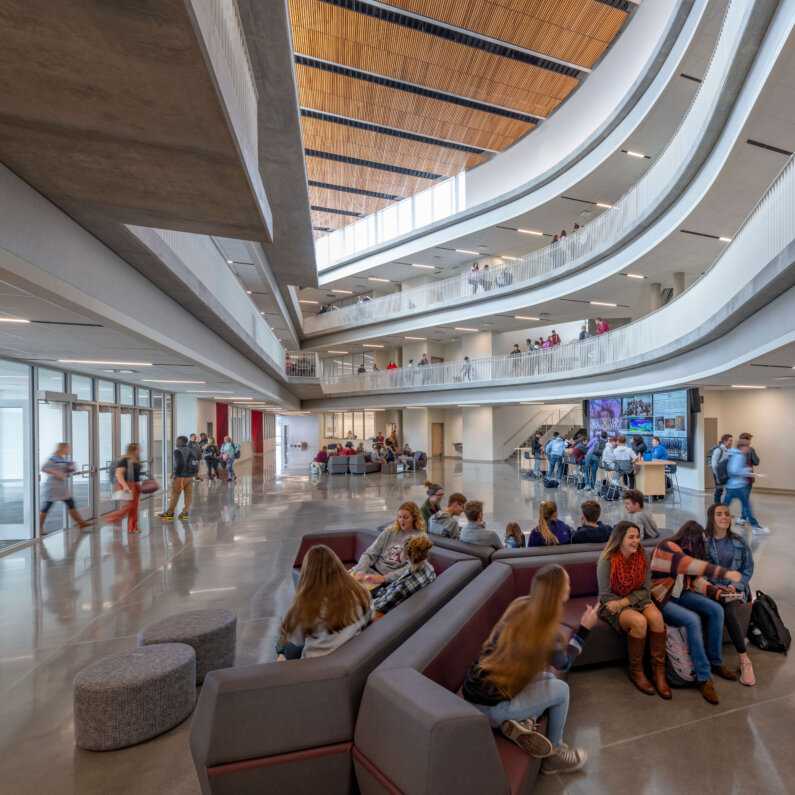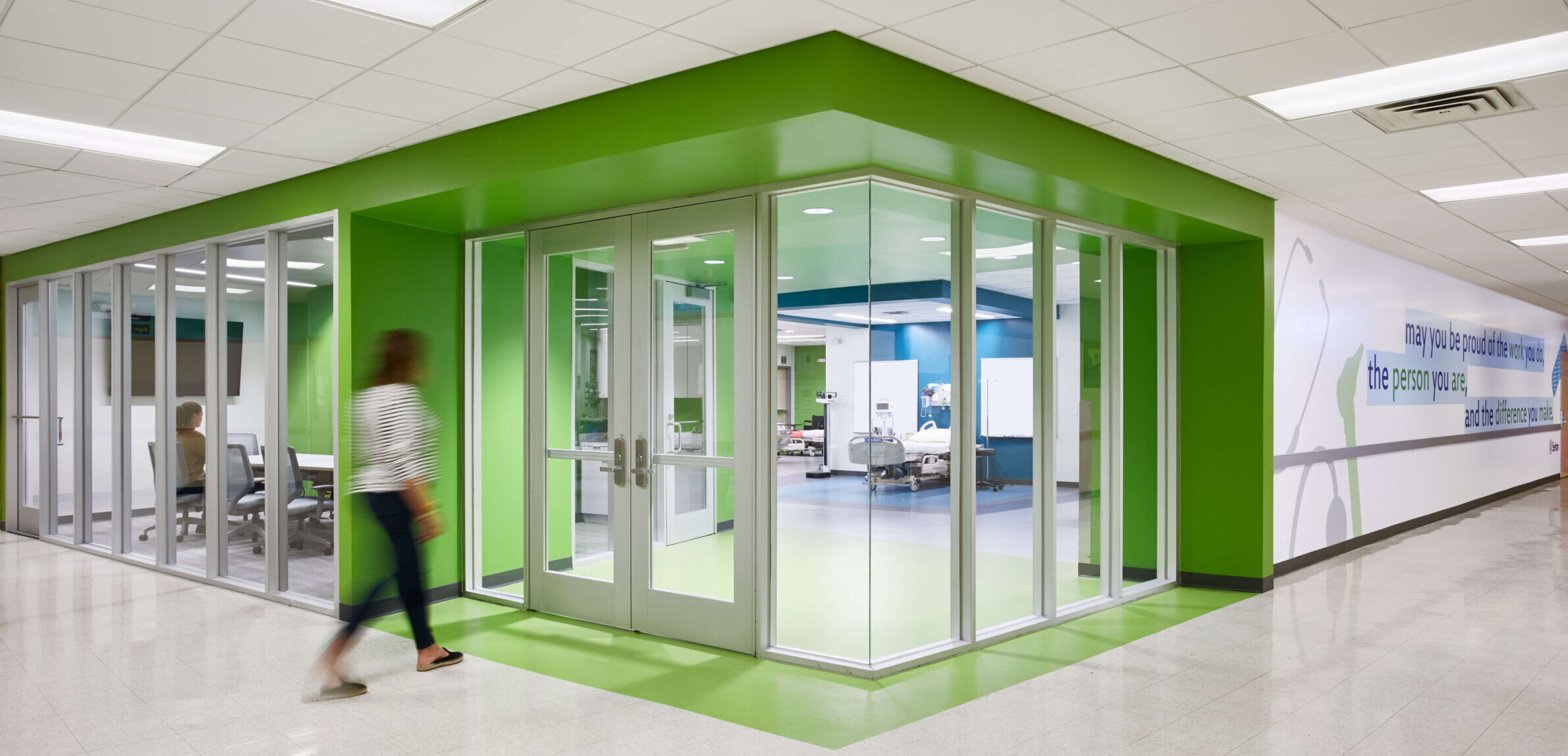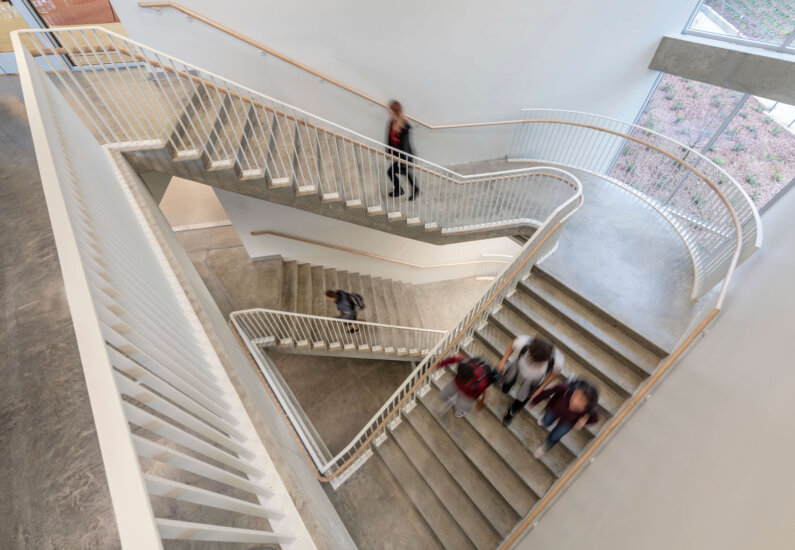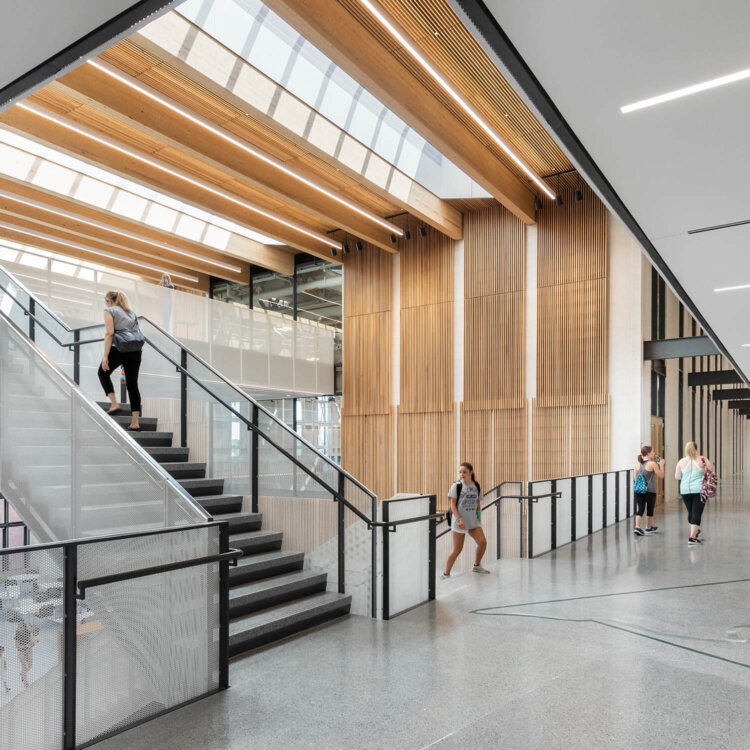Many employers in the United States are struggling to find skilled workers in roles that don’t necessarily require a college degree. A study published last year by McKinsey indicated that the number of nurses in the workforce dropped by 100,000 in 2021. Manufacturing, meanwhile, could risk losing $454 billion by 2028 if jobs continue to go unfulfilled. And in tech, which has been dropping college degree requirements for many roles in the industry, only 65 out of 100 job postings are being filled, mainly due to a lack of training focused on emerging technologies.
While higher education may not be a necessity for getting a job in these fields and others, students coming out of high school with special training have a better chance of being hired. In response, high schools throughout the country are currently expanding and specializing their technical and trade curricula—also known as career and technical education (CTE), a concept that evolved from vocational education but offers broader learning for more long-term careers—and they’re doing so to help students find a place in the evolving workforce.
